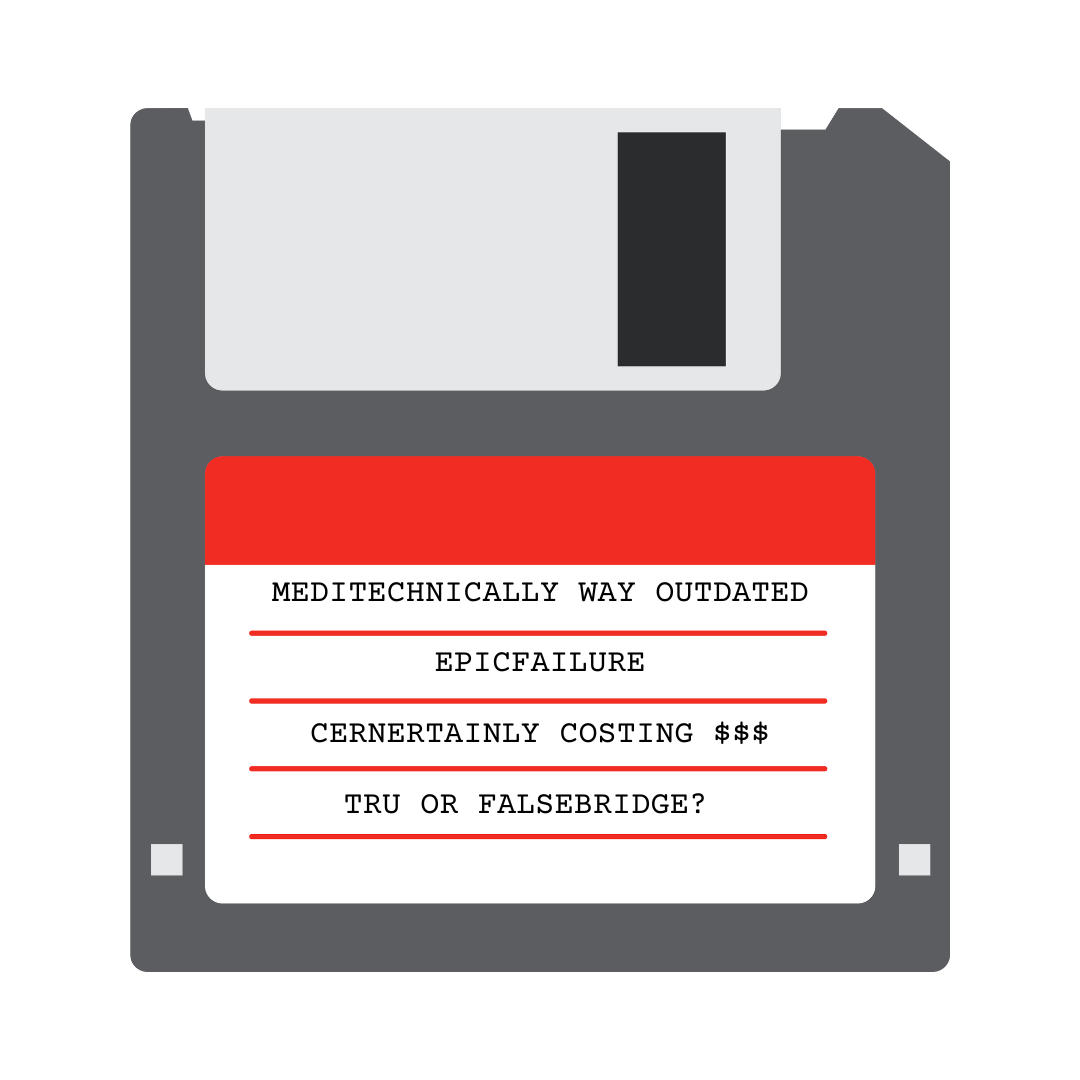
Shaping the Future of Healthcare Transparency
Since January 2021, the Hospital Price Transparency Rule has reshaped how hospitals communicate costs to patients, payors, and regulators. At its core, the law requires hospitals to publish their pricing in two ways:
-
A machine-readable file (MRF) containing a comprehensive set of standard charges.
-
A consumer-friendly display that makes at least 300 common “shoppable services” easy for patients to compare.
The intent is to empower consumers with visibility into healthcare costs and to encourage fair competition across the market.
What Goes into the MRF
Hospitals must publish a standardized set of charges that includes:
-
Gross charges, discounted cash prices, and payer-specific negotiated rates.
-
Minimum and maximum negotiated charges.
-
Service descriptions, billing codes, and related identifiers.
To avoid confusion and ensure usability, CMS requires this data to follow strict file formats and naming conventions.
Recent Updates Elevating the Standards
The rule continues to evolve, with CMS tightening expectations around both accessibility and accuracy:
-
Hospitals must now use standardized CMS templates.
-
Each hospital website must include a “Price Transparency” link in its footer and host a .txt file listing the location of its MRF.
-
Affirmation statements are now required to verify accuracy and completeness.
-
Placeholder codes and missing prices are no longer accepted—actual dollar amounts must be published, even for rare or complex services.
These refinements reflect CMS’s increasing emphasis on not just compliance, but quality of data and the patient’s ability to use it.
Why It Matters Beyond Compliance
For hospitals, the stakes are high. Noncompliance risks monetary penalties, audits, and public posting of violations. But beyond avoiding penalties, transparency represents a strategic shift in how hospitals interact with patients and the broader marketplace.
For patients: Transparency fosters trust, helping them make more informed financial decisions.
For providers: Competitor pricing intelligence offers valuable benchmarking insights.
For payors: Better data reduces uncertainty and improves contracting.
Hospitals that see transparency as a strategic opportunity—rather than a burden—will be best positioned to strengthen patient trust and differentiate themselves in the market.
Final Thoughts
Price transparency is no longer optional; it’s a cornerstone of modern healthcare operations. Hospitals that embrace it will not only remain compliant but also gain a competitive edge in building trust with patients and negotiating from a position of clarity.
Recognizing the complexity of generating compliant MRFs, GoRev recently released a new reporting feature that allows facilities to easily create their machine-readable files and post them directly to their public websites. This streamlines what has traditionally been a cumbersome process and ensures hospitals can meet regulatory requirements with confidence.
As the regulatory landscape continues to evolve, tools like this aren’t just convenient—they’re essential to ensuring hospitals stay ahead of compliance obligations while continuing to deliver on their mission of patient care.






